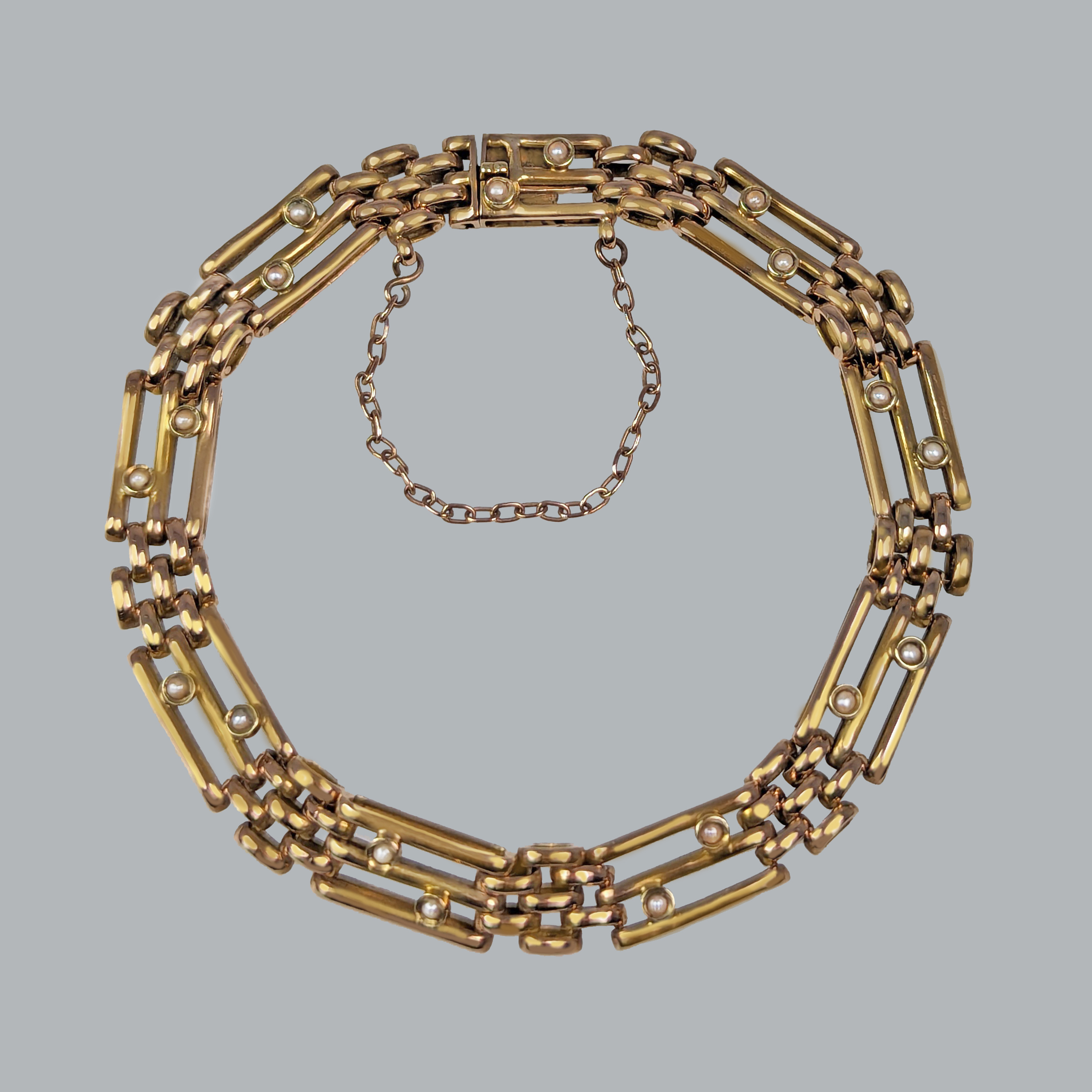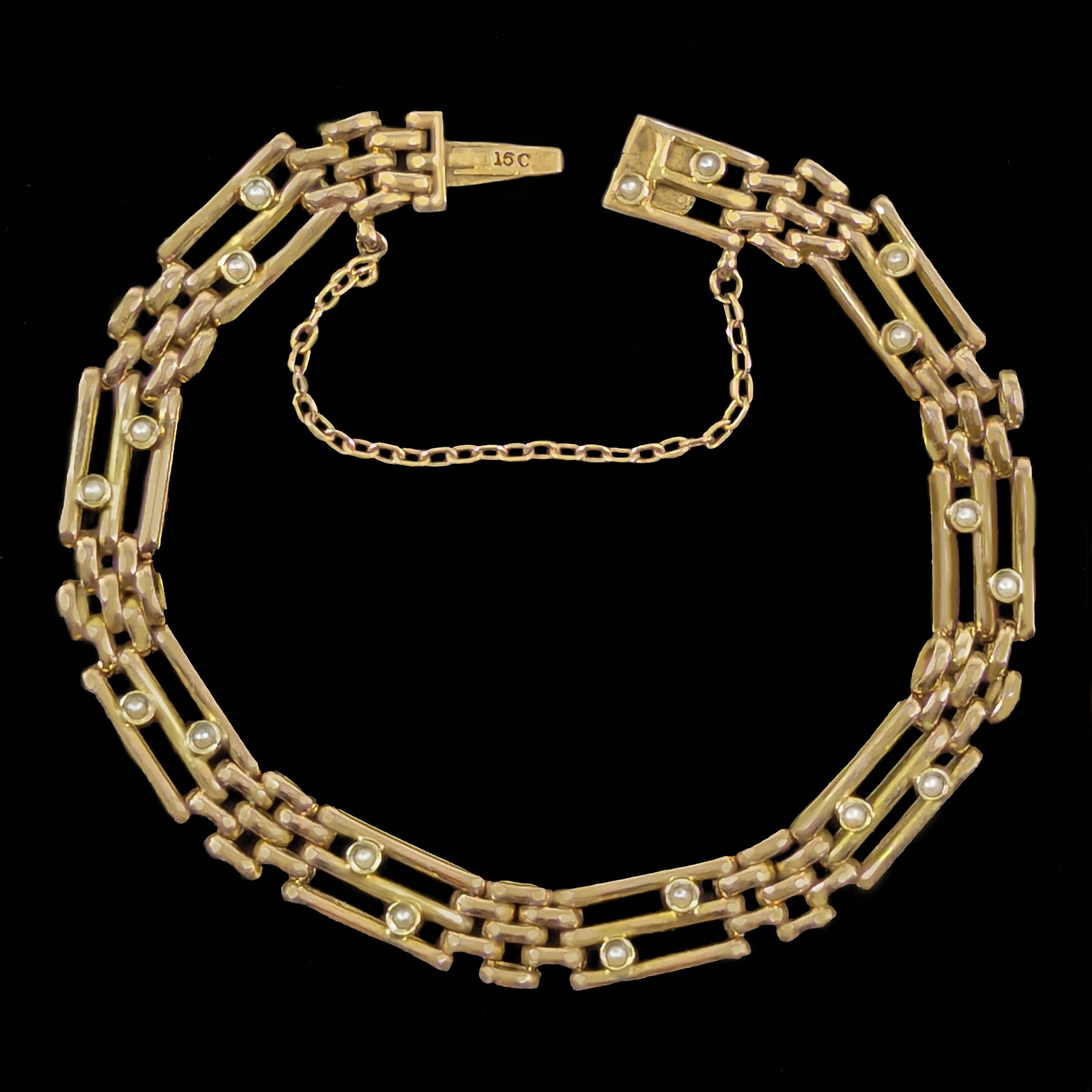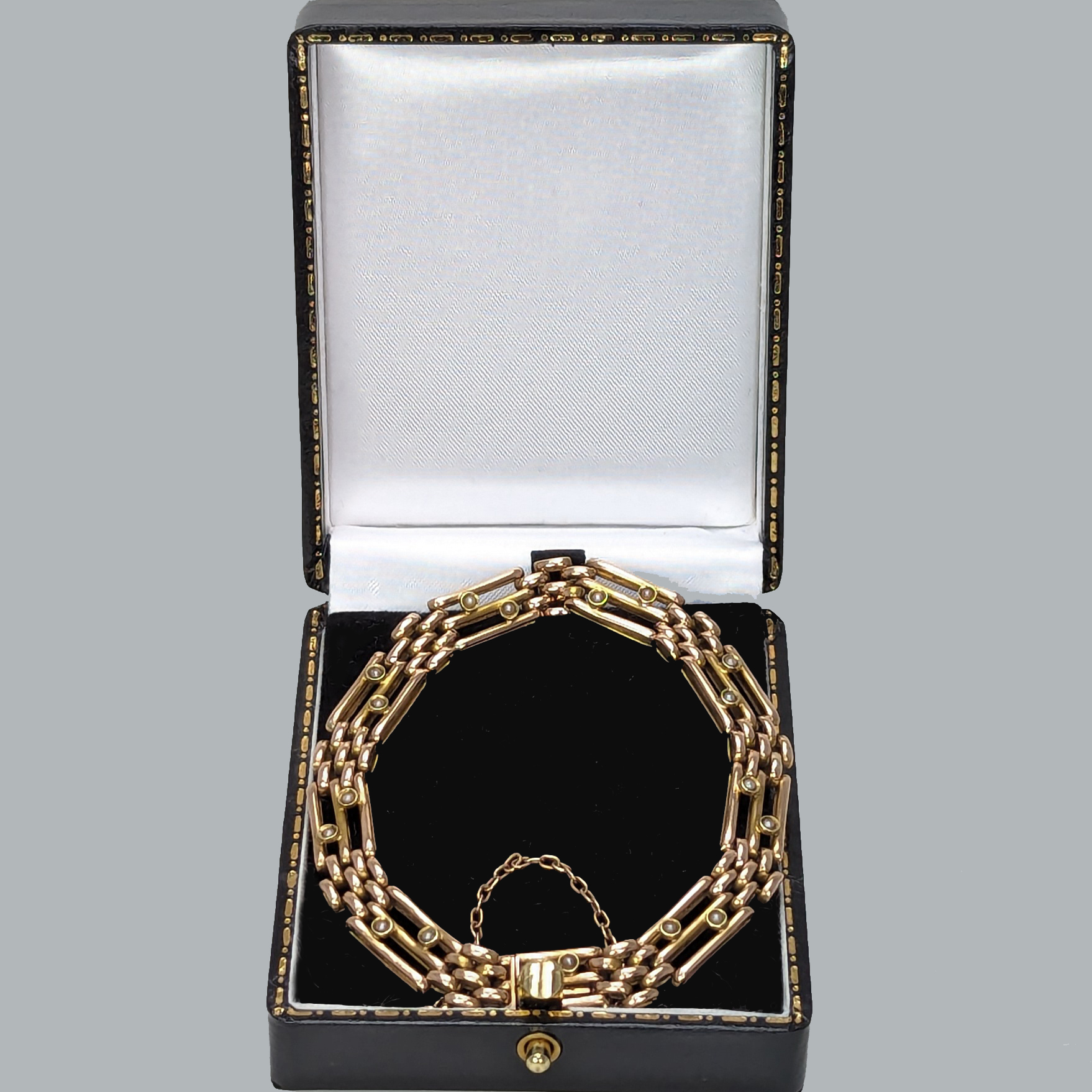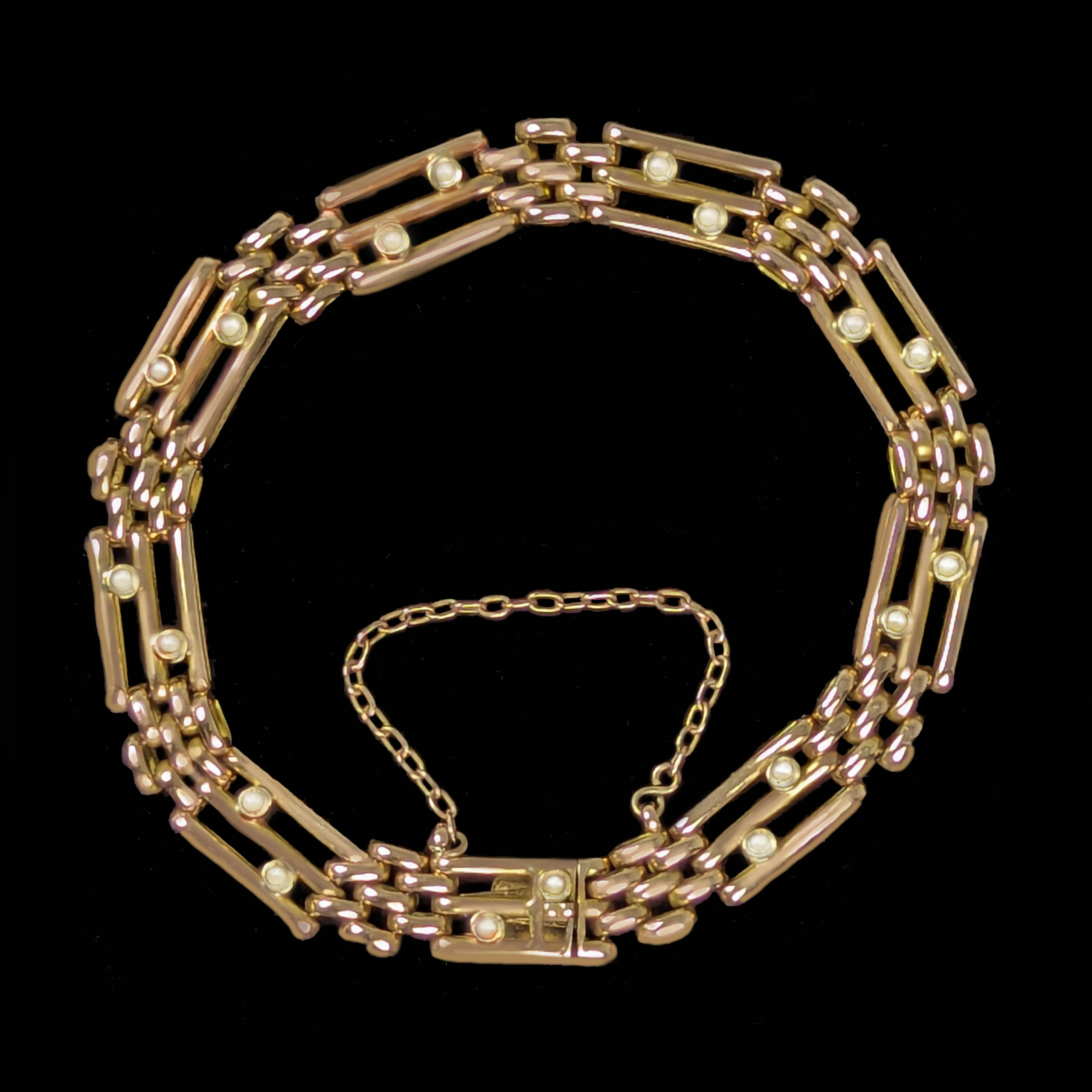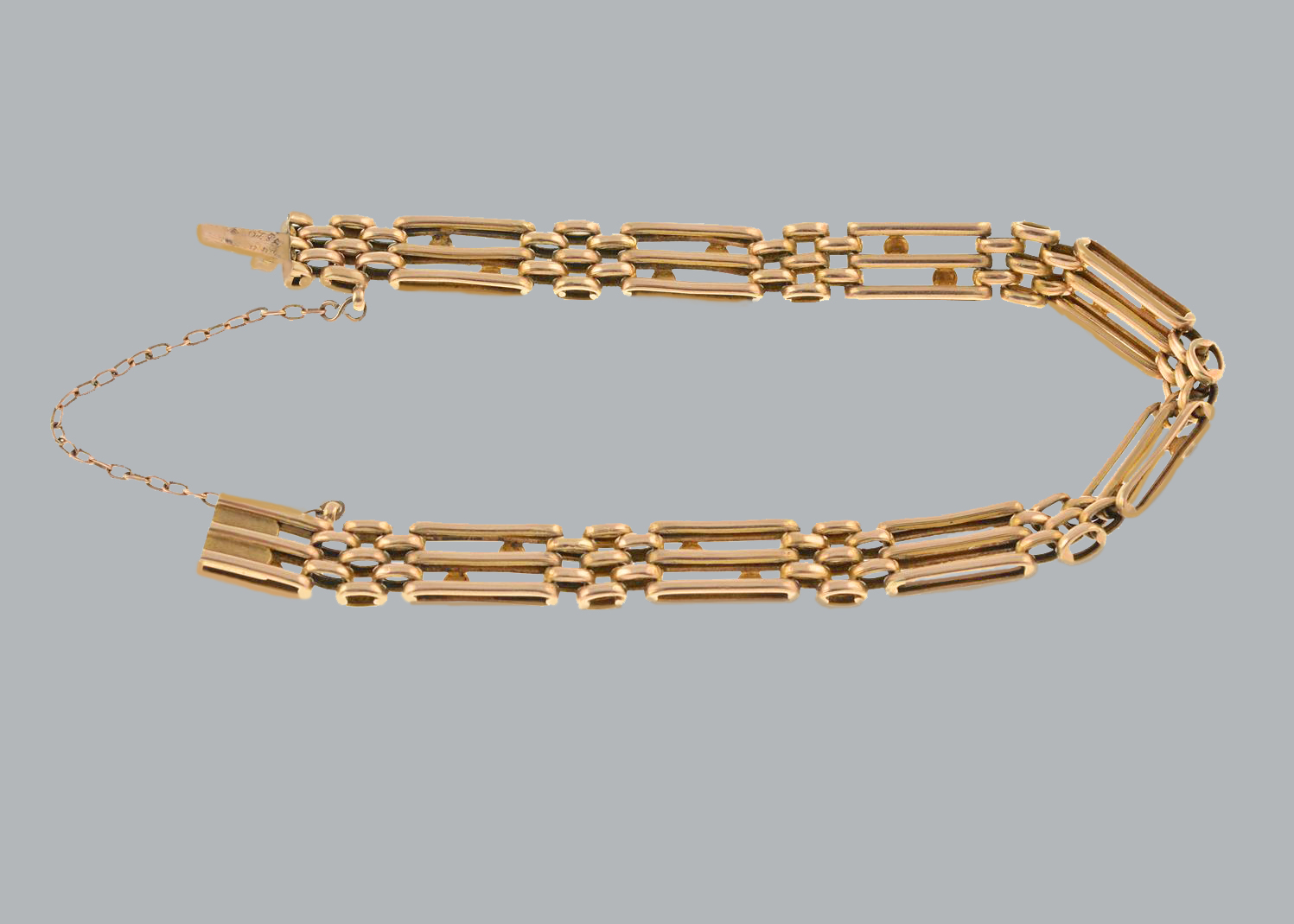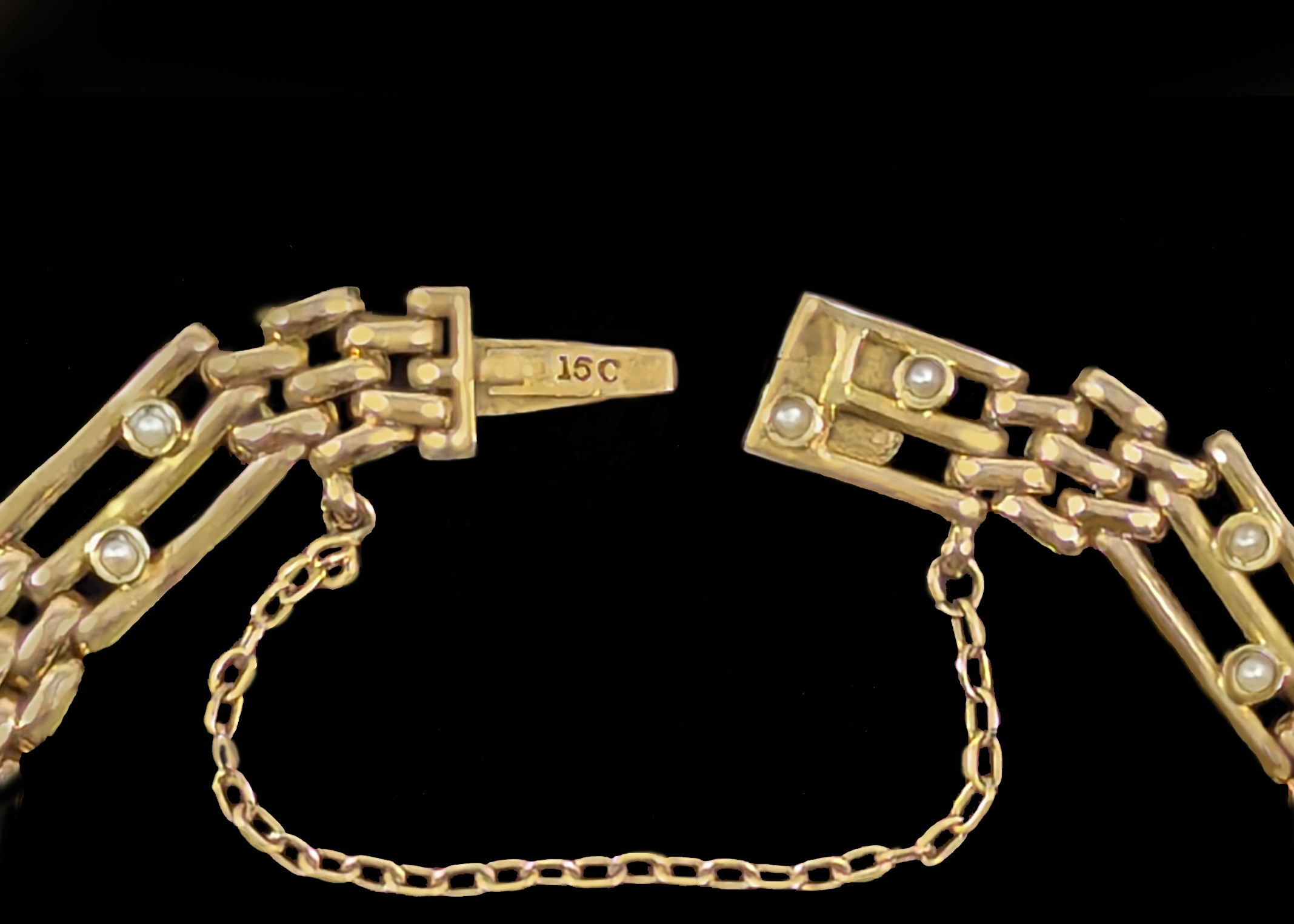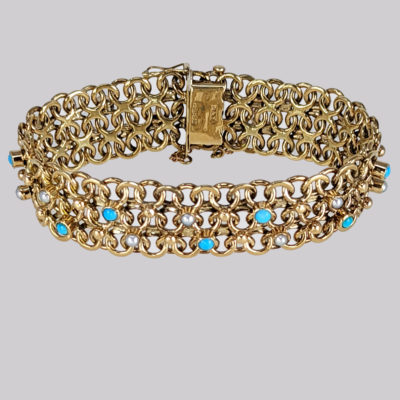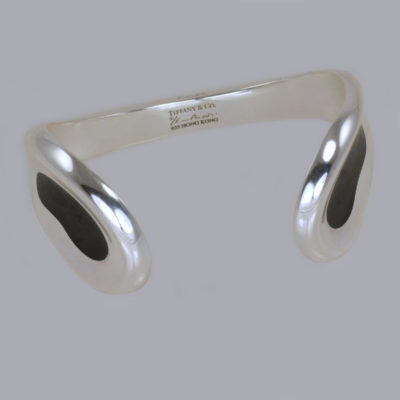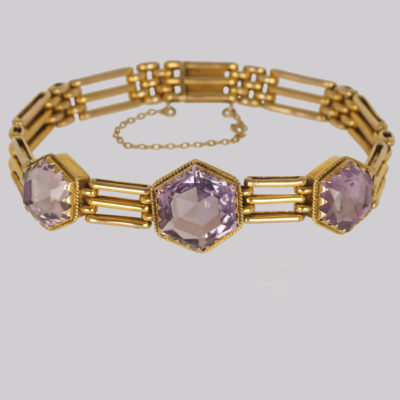Description
Carat can refer to the quality or purity of gold – pure gold i.e. a metal that is 100% gold and nothing else but gold, is known as pure gold or 24-carat gold. So for example with a ring which is 18ct i.e. 18/24s gold or put another way, 18 divided by 24 is 0.750 or 3/4. You may see jewellery marked 0.750 which is a somewhat modern way of writing 18ct as we say in the UK and 18k as they say in the rest of the world. In general, if we are talking of UK jewellery a piece marked 750 will have been hallmarked/produced after 1975. The hallmark standard of 15 carat .625 was ended in 1932 and now has a certain cachet and of course an elevated price. The colour of pure gold is yellow. However, if gold is mixed with other metals it can become a silvery colour, known as white gold, or copper when it is then known as rose gold. Also, the colour of rings can be changed simply coating the ring with another metal. A common procedure is to rhodium plate rings to make them silver in colour, this procedure is also used to make white gold rings brighter and shiny, however rhodium plating wears off over time.
Pearls, amber and coral are precious gems produced by plants and animals. These gems are adored because they are so attractive and rare and have thus been worn as jewellery for thousands of years. The most highly prized and the most expensive of this group are the fabulous and amazing pearls, they have one unique quality, which is, they can be worn by anyone, at any time, in any situation!
Factors affecting the price of pearls.
Pearl types, Lustre, thickness of nacre, colour, shape, size, surface quality, treatment status. The most expensive type of pearl is the natural pearl, these were the only type available until about 1900, when Mikimoto started to produce cultured pearls. Cultured pearls are from farmed oysters, whereas natural pearls come from “wild” oysters. Also, we have sea water pearls from the oceans and freshwater pearls from the rivers and streams. Seed pearls were very small pearls used extensively in Victorian jewellery. Artificial pearls are made from many materials often coloured glass.
Pearls are traditionally the birthstone for June.
Care of your vintage-antique pearls.
Pearls are delicate and can easily be damaged, pearl is just 2.5 on the Mohs hardness scale. They should be wrapped in silk cloth so that they do not dry out or become scratched by other hard objects or jewellery.
Pearls absorb oils from your skin and it keeps them looking bright and lustrous, otherwise, pearls will dry out.
Also, pearls are not resistant to sprays and perfumes.


